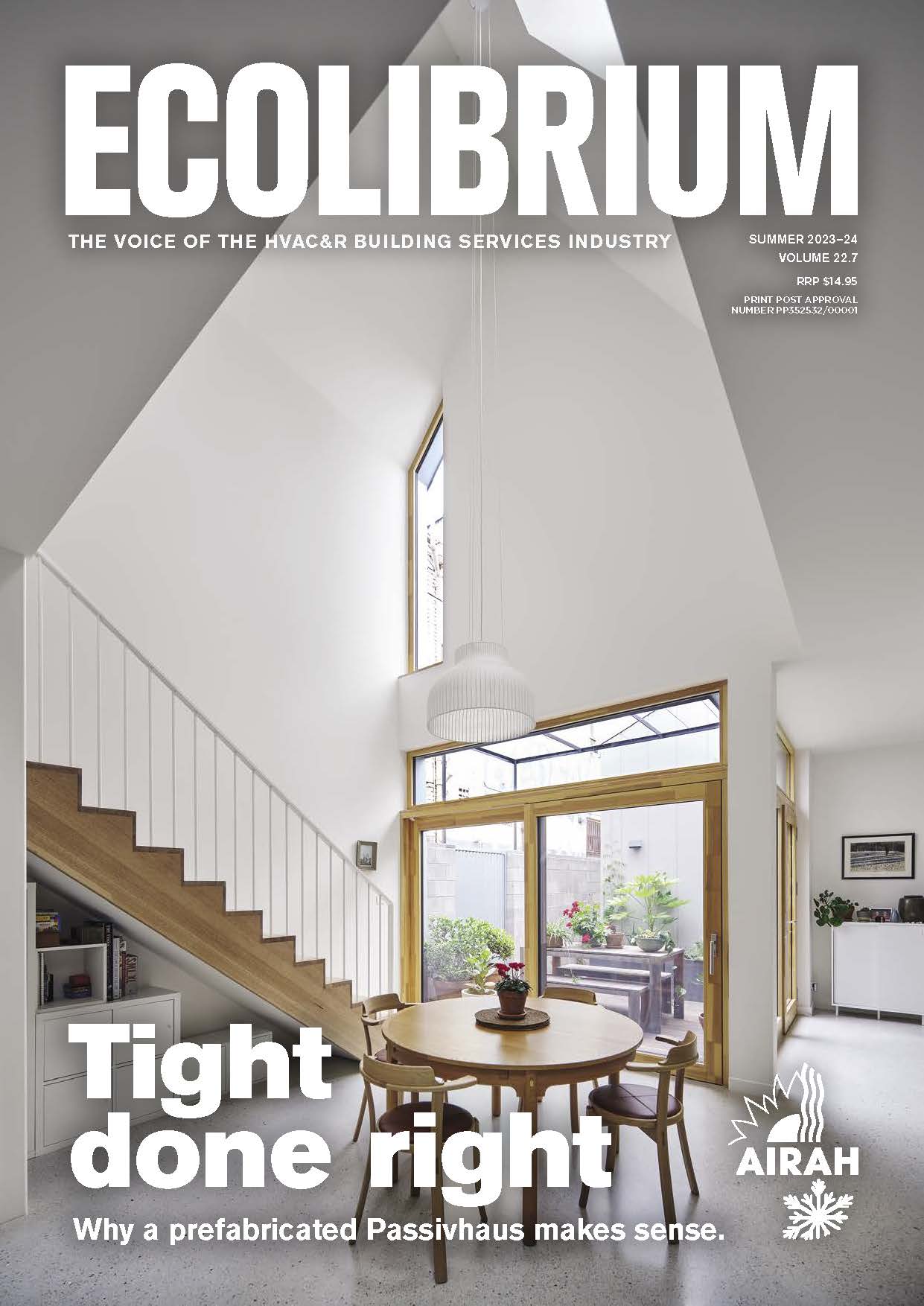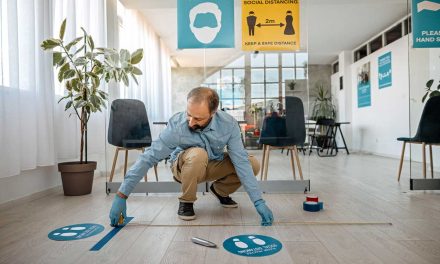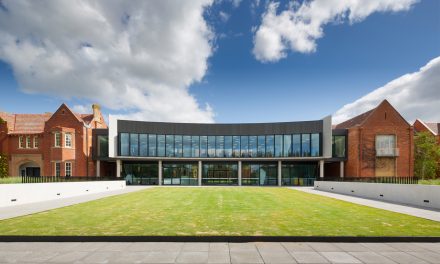Recent professional opinions on the use of AI in real–world building applications have raised some concerns with Alan Obrart, L.AIRAH.
Like me, you’ve probably been reading a considerable amount lately about AI, or artificial intelligence.
The ASHRAE Journal, New Scientist, The Economist and even Ecolibrium (“AI Applications in the Building and Property Industry” by Arsen IIhan, Ecolibrium, June–July 2023) have all recently featured articles about AI and its impacts.
As a non-expert in the field of AI, but with experience in HVAC, a property-owning client may have thoughts along the following lines.
“At the heart of all these chatbots is an LLM or Large Language Model, otherwise known as a statistical or mathematical model. We are talking here about an algorithm, or representation of data designed to make predictions about which words are likely to appear together.
For this to work, a probability is ascribed to all words in the database, leading to selection of the most probable words after a word or words are keyed in initially. In this way, the algorithm is used to solve the problem presented. The ‘problem’ in this case is presenting a natural-sounding script or response.”
The issues of concern from the above reference include the possibility that the reliability and accuracy of an AI model relies on a relevant comprehensive database in order to build it.
HVAC industry practice has generally not been one of a data-sharing mindset. This is probably due to concerns of potential damage to the reputations of building owners and consultants should the results be inferior.
Older BMS data was not always stored. Let’s face it: We have enough trouble obtaining
“as built” drawings, let alone past performance information.
Of course, all this is changing rapidly following the advent of new legislation requiring current, updated building information to be available prior to a building being sold. But for the present, a lack of information is commonly the norm.
“Older BMS data was not always stored. Let’s face it: We have enough trouble obtaining “as built” drawings, let alone past performance information”
A possible scenario
In this scenario, a client (an experienced property owner), corresponds with an expert (An AI boffin with a claimed HVAC background).
Client: Based on your advertised AI expertise, I commissioned you to present innovative and cost-effective methods to improve the energy efficiency and NABERS rating of a 20-year-old office building that I recently purchased. Previously I worked with experienced HVAC consultants and had satisfactory results. I anticipate your use of AI may generate something innovative and superior.”
Expert: We believe we can satisfy your brief with some or all of the following measures for this six-level, 2,500sq m footprint, Sydney CBD office building. The west and east facades are 40 per cent fenestrated, single glazing, unshaded, with the hard adjacent non-exposed buildings north and south both two to three levels higher.
Our report details the efficacy of these measures, based on a five-year payback, in the following order of cost-effectiveness.
1: Repaint east and west facades, (other than glazed), with white gloss reflecting paint, including existing window frames.
2: On the building roof, lay 50–100mm of soil, allowing grass and small shrubs to cover the whole area, except for equipment and the lift overrun.
3: Fit external metal shades, to provide full shade of all glazed areas.
4: Replace existing single 6mm plate glass with Low-E, double-glazed metal framed façade.

A dissatisfied client
Client: I’m somewhat irritated with your response, and have significant queries. I had assumed your AI methodology would include reference to energy calculations based on widely industry-recognised DOE 2 methodology, using known modelling software.
Based on my previous experience, I would have expected your analysis to have taken into account a number of things:
1: Your repaint does not include the cost of scaffolding the east and west facades, nor take into account the added problem of obtaining council approvals for footpath obstruction, possibly for many weeks.
2: Regarding the roof garden, how do you expect the existing metal deck roofing to support the very large weight increase – did you contact structural engineers for an OK?
3: For the external metal shading, have you consulted with the council as to whether this façade change is acceptable from an appearance viewpoint, given the adjacent buildings have no such feature? Also, you would expect this feature to stretch beyond the boundary line of this property and into adjacent properties.
4: Replacing the existing glass with a high-performing alternative is an expensive measure. It’s obviously more energy-efficient, but following the full external shading implemented in the initiative above (should this be acceptable to the council) would this not be adequate? What would this additional measure add in terms of energy efficiency? There needs to be a sensitivity analysis comparing just these two measures.
And the full glazing replacement would likely require extensive interior make-good work at considerable cost, including rendering, repainting and timber trimming.
“Any cost estimate must include ALL foreseeable charges, based on experience with similar projects, and a detailed survey of the building, both interior and exterior”
The proprietary algorithm
Expert: These are certainly valid queries. Our AI algorithm is proprietary and developed by our company. It does not reference the energy calculations to which you refer, and the cost estimates are based on QS estimates for only the fixing of the measures outlined – not any extraneous costs.
Client: This is inadequate. Any cost estimate must include ALL foreseeable charges, based on experience with similar projects, and a detailed survey of the building, both interior and exterior. Energy calculations must clearly indicate the methodology used and references as to validity.
Regrettably, I cannot use the recommendations as presented.
Alan Obrart, L.AIRAH, is a past winner of the James Harrison Medal, AIRAH’s highest individual honour.
Like to know more?
To read “AI Applications in the Building and Property Industry”, go to https://theecolibrium.com/2023/07/03/artificial-intelligence-ai-applications-in-the-building-and-property-industry/












